What Hi-Fi? Verdict
There’s no doubt that the Nagra Classic Phono is one of the finest phono stages money can buy
Pros
- +
Superlative insight
- +
Sonic refinement
- +
Terrific build and finish
- +
Considered feature set
Cons
- -
Wallet-withering price tag
- -
Manual cartridge loading adjustments
Why you can trust What Hi-Fi?
The world of hi-fi is no different to any other industry in that quality costs. However, after spending some considerable time with Nagra’s Classic Phono, we wish it didn’t cost quite so much.
Not that the product’s sound doesn’t match that hefty price tag, more that it puts this glorious piece of kit beyond the reach of many people who would appreciate it.
Build
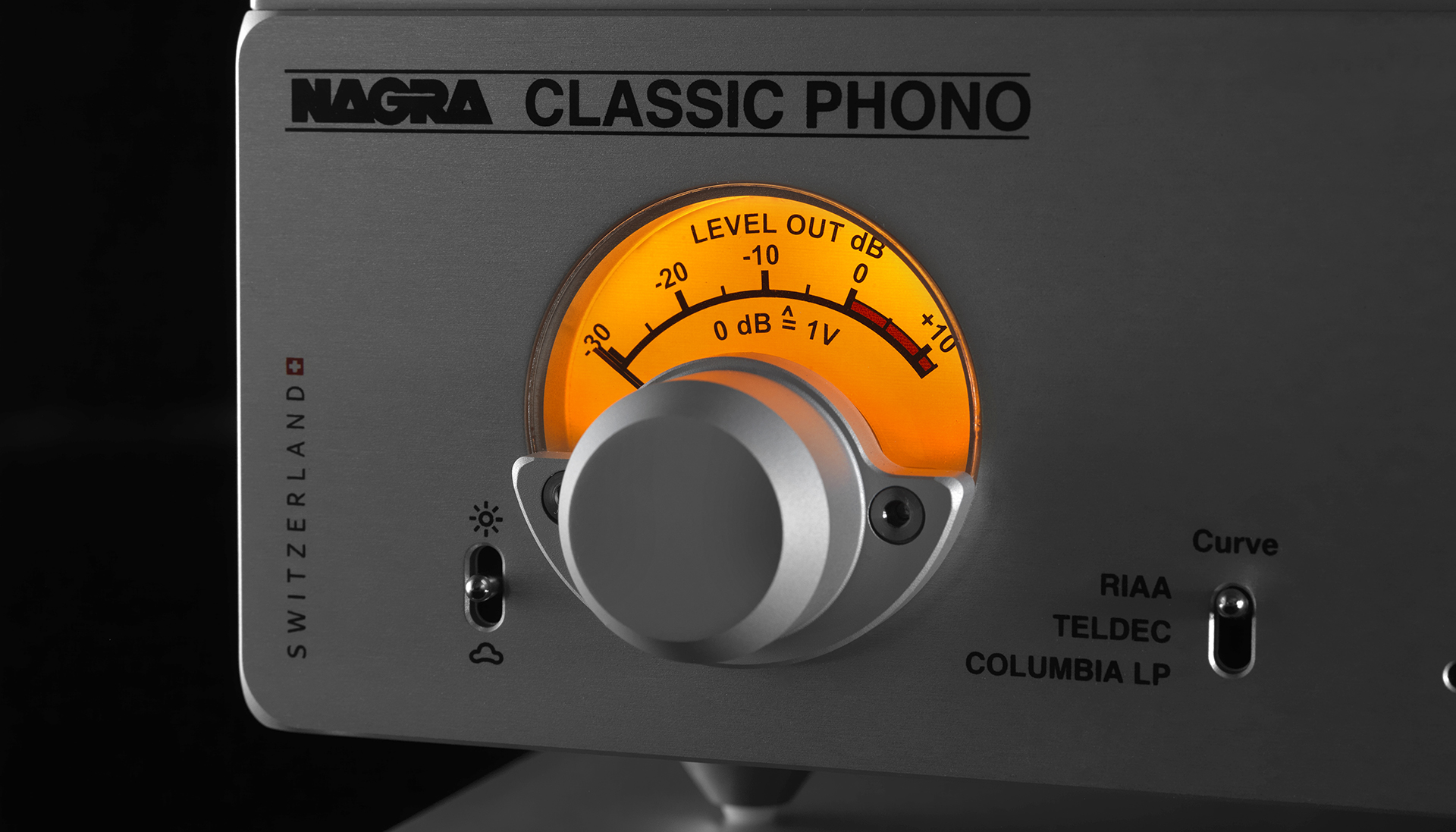
Nagra’s products are rarely ostentatious, so it comes as no surprise to find that this phono stage presents a pretty understated face to the world. That trademark signal meter, which shows the Classic Phono’s output level, is the only visual flourish of note. The rest of the fascia is as clean and uncluttered as we’ve come to expect from the Swiss manufacturer, but that certainly doesn’t mean that this phono stage is some stripped-out minimalist design.
We’re pleased to note that Nagra offers a range of equalisation curves. There’s the standard RIAA option found on every other phono stage on the market, but you’ll also find settings for Teldec and Columbia LP. While these options won’t matter for most people, those with records from before the mid-1950s can hear them with the correct tonal balance.
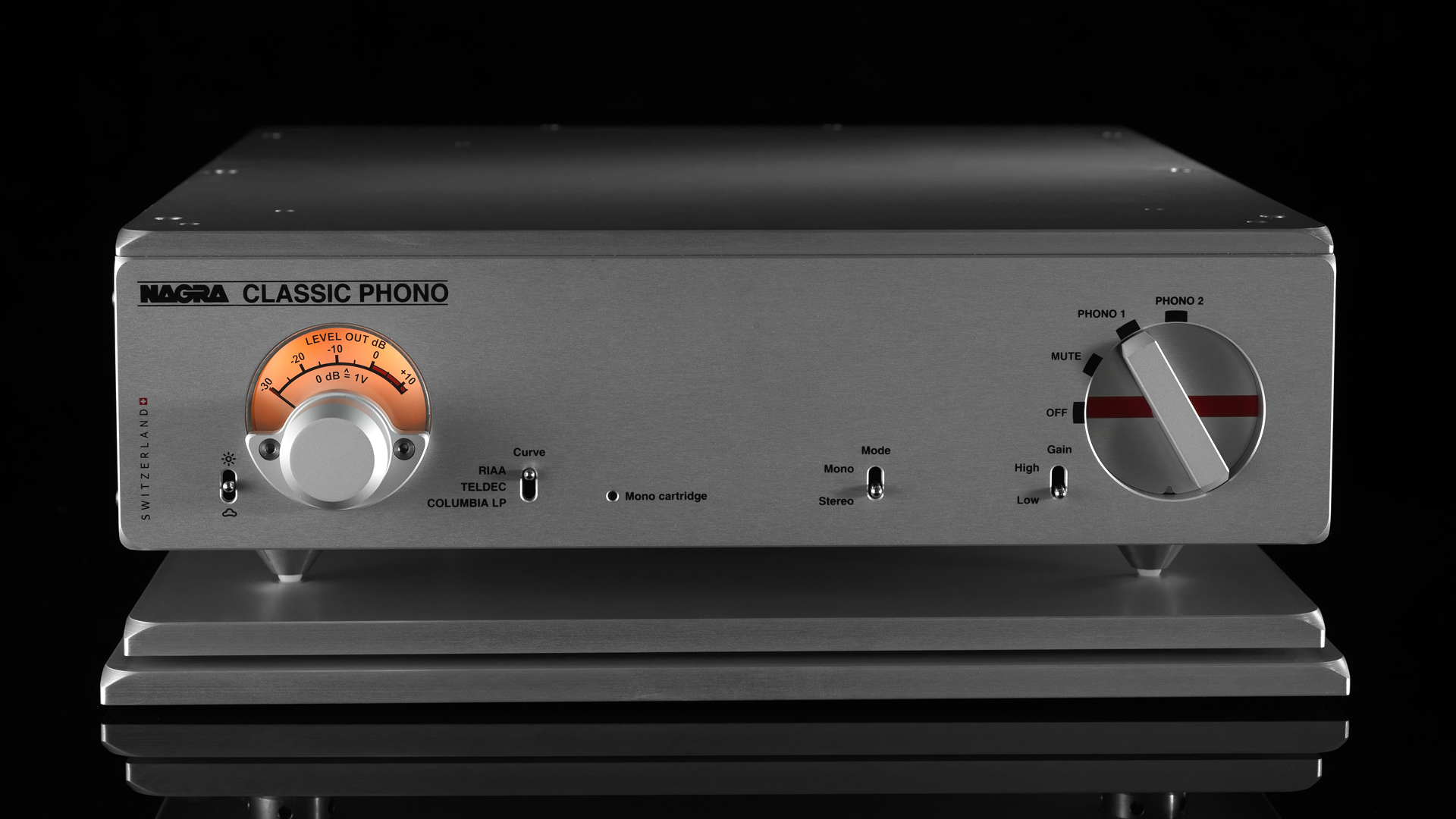
Frequency response 20Hz – 50kHz
Impedance 470 ohms
Dimensions (hwd) 31 x 25 x 7.6cm
Weight 5.4kg
There’s also a mono switch, which is handy, and a toggle for adjusting gain. The Classic Phono comes with two phono modules, one for moving magnet cartridges and the other for moving coils. That gain switch takes the base 37.7dB gain of the MM circuit and adds 10dB when switched to the high setting. Similarly, the moving coil input’s 53.9dB gain goes up to 63.9dB. That should be enough for all but the lowest output cartridges on the market.
Anyone who likes to take a look inside hi-fi equipment is in for a treat with this Nagra. As with the exterior, the inside is immaculately made and the circuit is packed with top-quality components. At the heart of the Classic Phono is a set of valves made up of a pair of E88CC/6922s, a single ECC81/B739 and an ECC83/B759. There’s also a pair of in-house transformers to provide extra gain for the moving coil section. Nagra takes great pride in making its own transformers as doing so ensures quality.
Many high-end phono stages make adjusting cartridge loading a breeze. It’s usually a case of either manually setting a series of dip switches on the back panel (or base), or electronically through some front panel controls. Things aren’t so convenient here, as the Nagra method is more hands-on.
The latest hi-fi, home cinema and tech news, reviews, buying advice and deals, direct to your inbox.
The appropriate loading components have to be manually fitted. This involves taking off the Classic Phono’s lid – pausing to admire the lovely innards, of course – and then removing a small circuit board before fitting the relevant component to it. The whole process takes around ten minutes. Nagra supplies a range of the most common loading options in the box.
It’s not a difficult operation and the user manual is nice and clear, but even so, this is something your dealer should be happy to do. If you have a particularly unusual cartridge, Nagra will provide the appropriate loading components free of charge for a limited time after your purchase.
Features
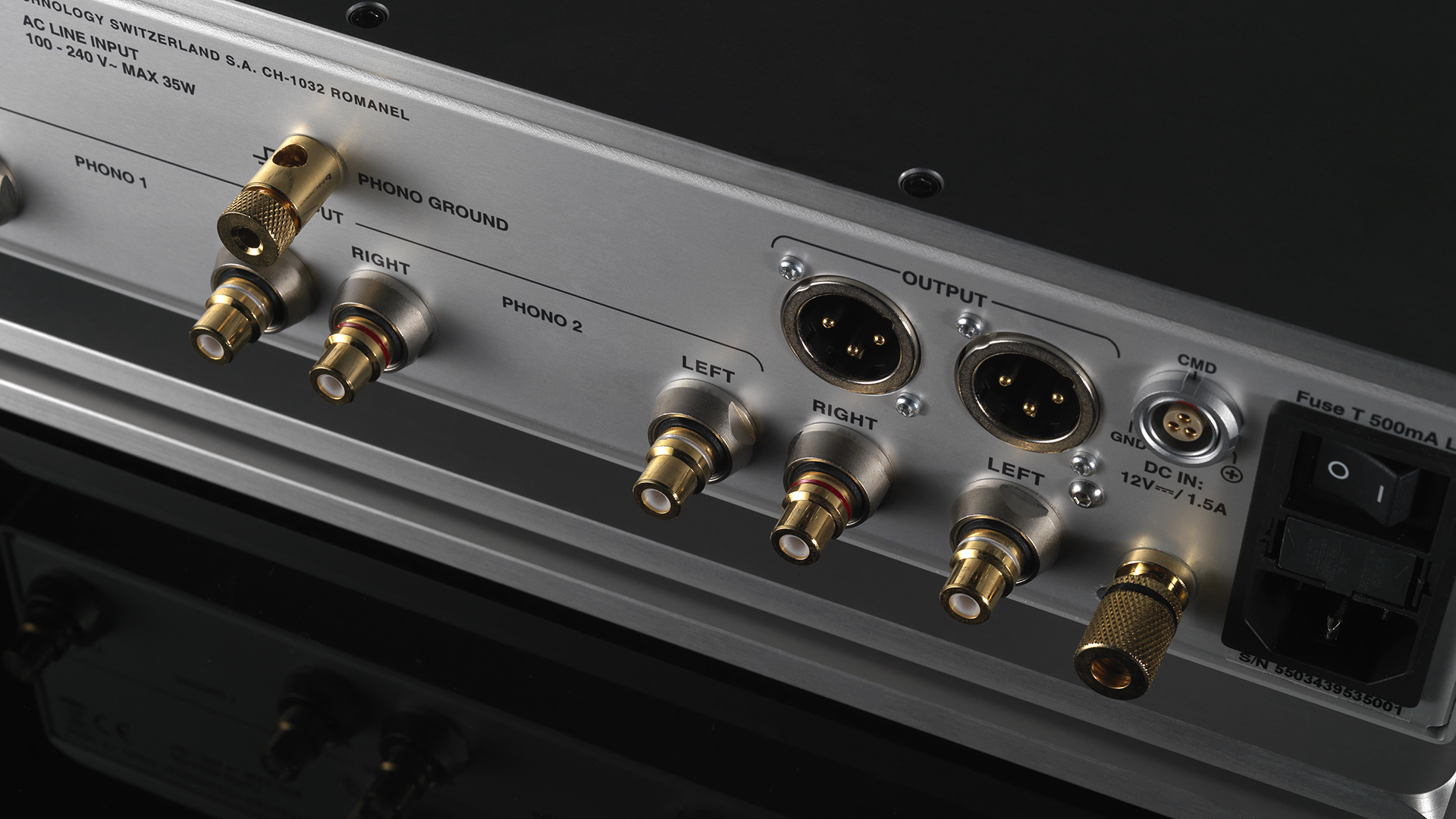
Connectivity is good for a phono stage. There are two inputs – as standard, these are configured as moving magnet and moving coil, though it’s possible to swap either if desired. There are the usual single-ended RCA and XLR analogue outputs, though it should be noted that the XLRs don’t carry a balanced signal.
There’s no point in buying a phono stage at this level if the rest of your set-up, particularly the turntable, isn’t out of the top drawer too. We make use of our usual reference Technics SL-1000R/Kiseki Purpleheart MC record player, and even that only qualifies as the bare minimum the Nagra deserves. The rest of our system is Burmester’s 088/911 Mk3 amplifier and ATC’s SCM50 speakers.
Given a few days of use, the Nagra’s sound gains notably in terms of clarity and transparency. Once things settle, the Classic Phono delivers glorious results.
Sound
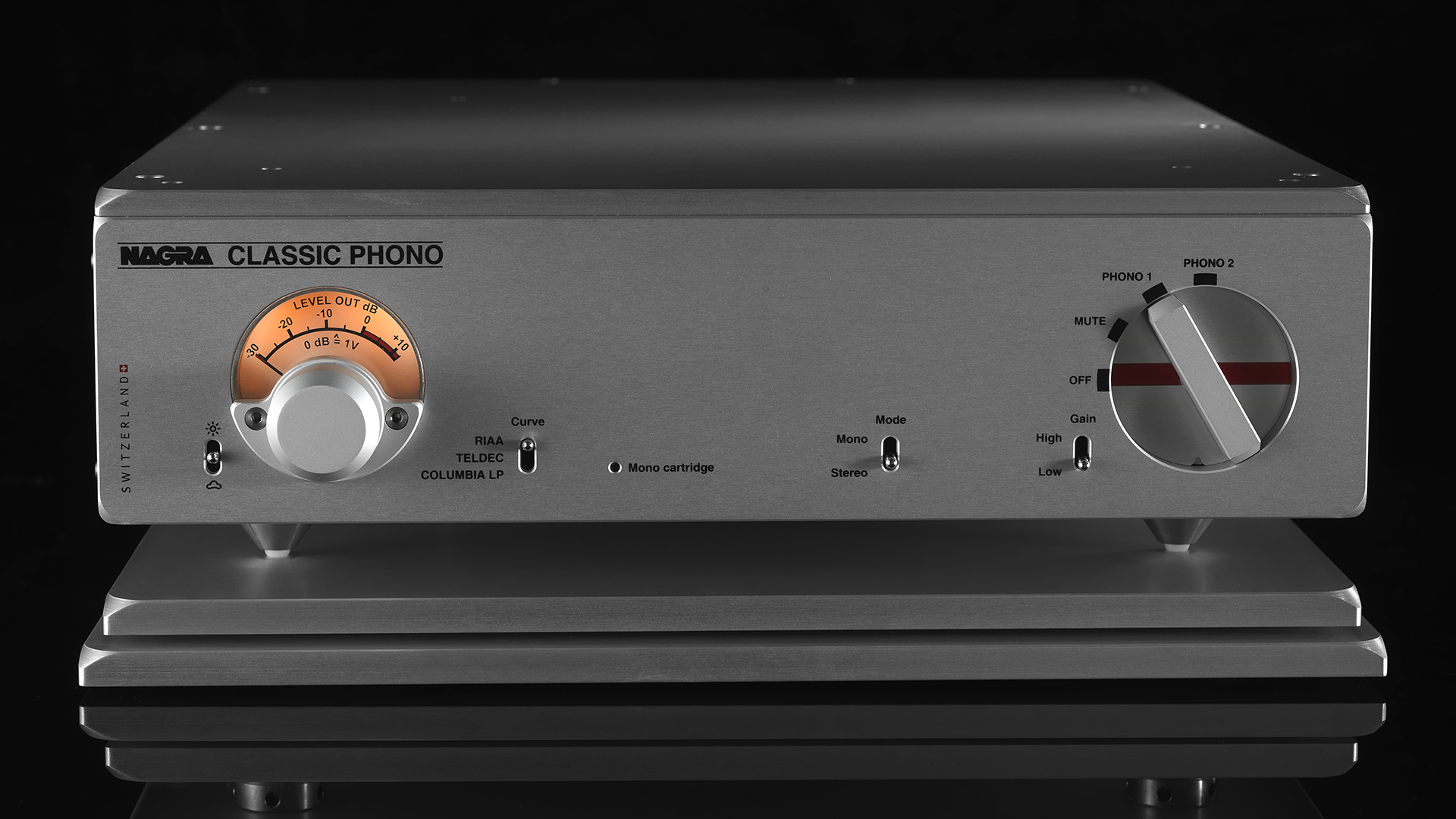
If you are expecting the easy-going, golden glow presentation of a typical valve phono stage, you’re looking in the wrong place. This product, like others we’ve heard from this manufacturer, simply doesn’t have such a signature. It sounds clean and neutral, and ever so detailed. Just like the best transistor-based designs but with more in the way of finesse. Even the noise levels are low, with us having to put our ears close to the ATC’s tweeter to hear anything much in the way of hiss.
That detail isn’t highlighted by harder drawn edges or a touch of additional brilliance in the treble either but rather presented in a wonderfully natural and unforced manner. Voices and acoustic instruments sound authentic and richly textured.
Listen to a natural acoustic recording such as Kind Of Blue by Miles Davis and it’s hard to imagine anything sounding better than this Nagra. The presentation is fluid and superbly expressive. Each instrument is rendered with skill – the edges of notes crisply defined and carefully shaded with convincing harmonic richness.
This Nagra’s sound has some bite too. Shifts of intensity are communicated with poise and there’s no shortage of attack when the music demands. We’re pleased with the Nagra’s musical cohesion.
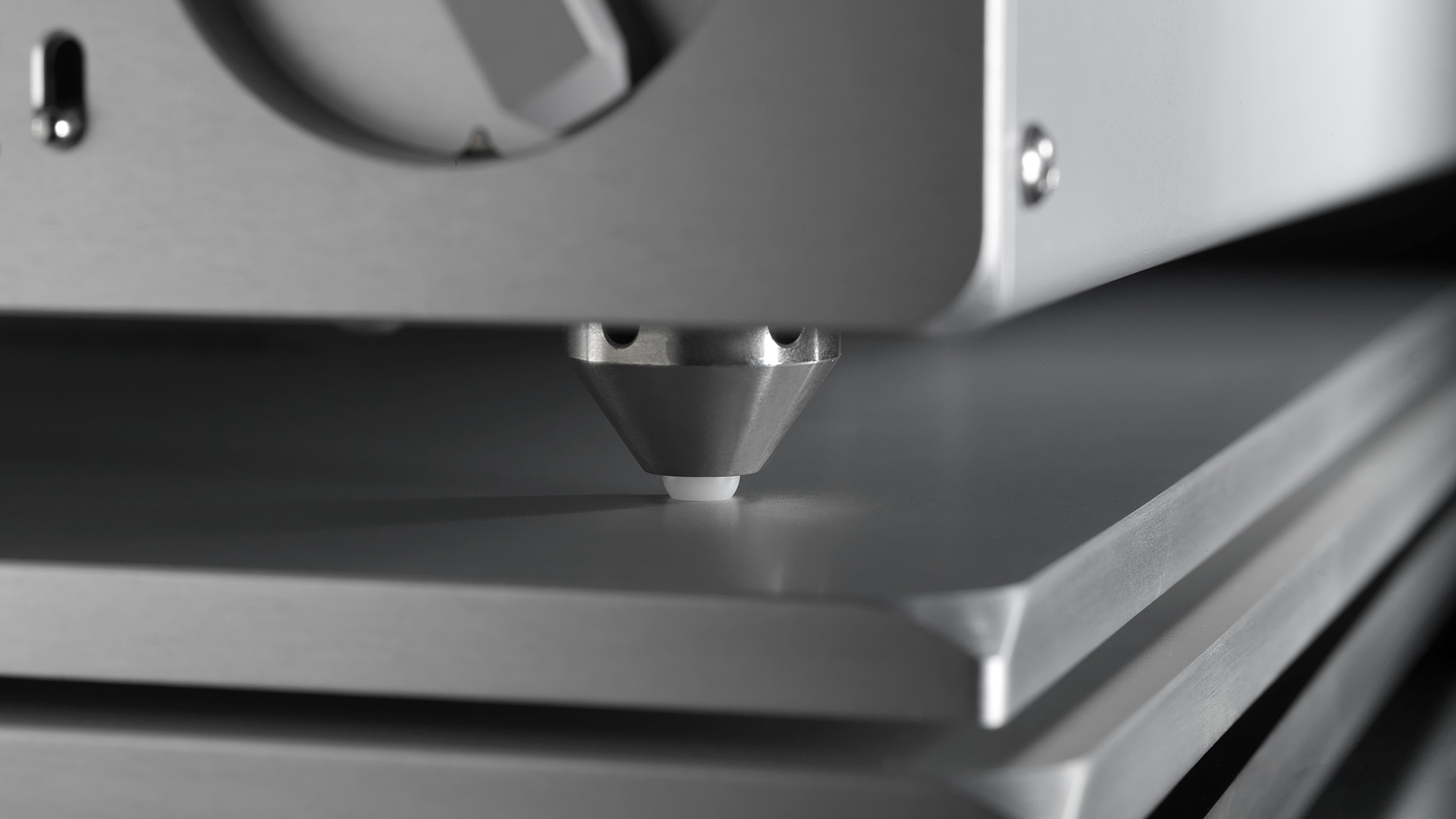
It’s a superbly insightful performer that’s analytical enough to let us follow any musical strand we wish, yet still manages to present the music as a satisfying whole. A good sense of rhythmic drive helps this unified approach, and this aspect comes to the fore when we play Michael Jackson’s Thriller set.
Here, the Classic Phono shines, displaying the kind of punch and drive valve designs rarely have, coupled with the naturalness, finesse and refinement they usually do. Jackson’s voice on Billie Jean comes through with passion intact. Basslines thump home with power and punch, but there is also a tunefulness that gets our feet tapping. This is an excellent performance, full of drama and verve.
The Nagra’s crisp stereo imaging is highlighted in the opening of the album’s title track, where the creepy sound effects transport us to those early black and white Dracula films. The sound is carefully layered, precisely focused left-to-right, and spacious with it.
We listen to a wide range of music from Nirvana’s Nevermind to Beethoven’s Fifth Symphony, and the Nagra excels regardless. It has attitude and authority when the music demands and shifts effortlessly to intimacy where it doesn’t.
This is not a presentation that lends itself to being dissected. Put simply, the Nagra Classic Phono just sounds right. Feed it a good enough signal and within moments of the music starting, you’ll stop focusing on the mechanics of the hi-fi system and simply get lost in the music.
Verdict
The only real issue with the Nagra Classic Phono is its price – something that leaves you with little change from £20k is way out of reach for the vast majority of us. However, whether it represents value for money is a more personal judgment and that usually comes down to your priorities.
The Nagra is so desirable, so well made and so sonically capable that most alternatives are left floundering in its wake. If we had the money, we would definitely buy one.
SCORES
- Sound 5
- Features 5
- Build 5
MORE:
Read our guide to the best phono preamps
Looking for a new deck? Here's our pick of the best record players
Our extensive guide on how to set up a turntable
Here's how to add a turntable to your existing music system
What Hi-Fi?, founded in 1976, is the world's leading independent guide to buying and owning hi-fi and home entertainment products. Our comprehensive tests help you buy the very best for your money, with our advice sections giving you step-by-step information on how to get even more from your music and movies. Everything is tested by our dedicated team of in-house reviewers in our custom-built test rooms in London, Reading and Bath. Our coveted five-star rating and Awards are recognised all over the world as the ultimate seal of approval, so you can buy with absolute confidence.

